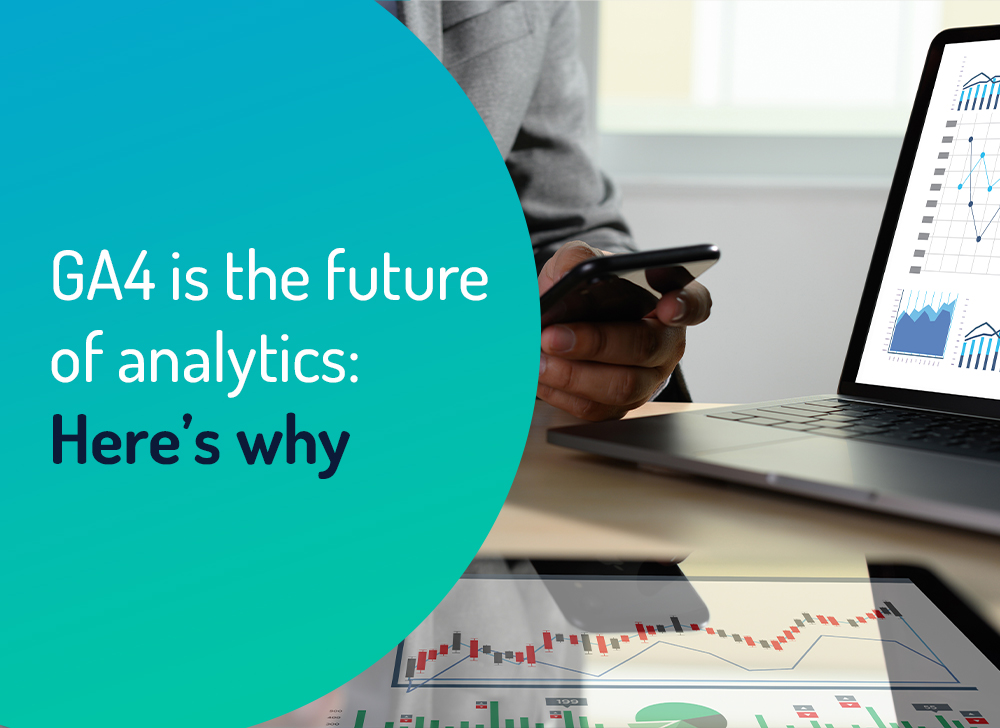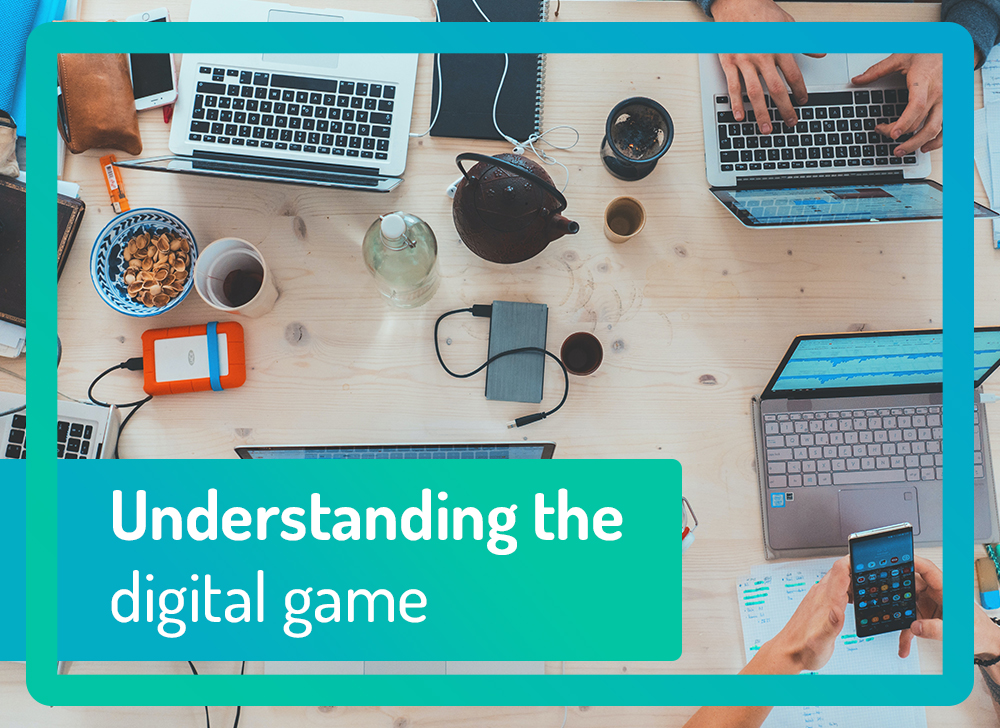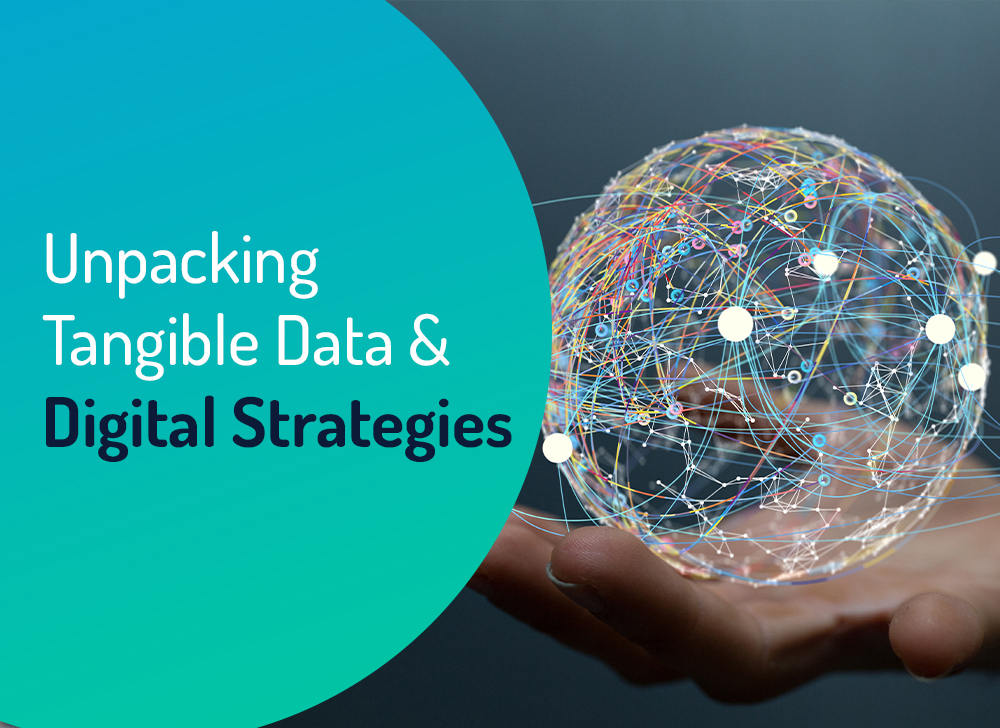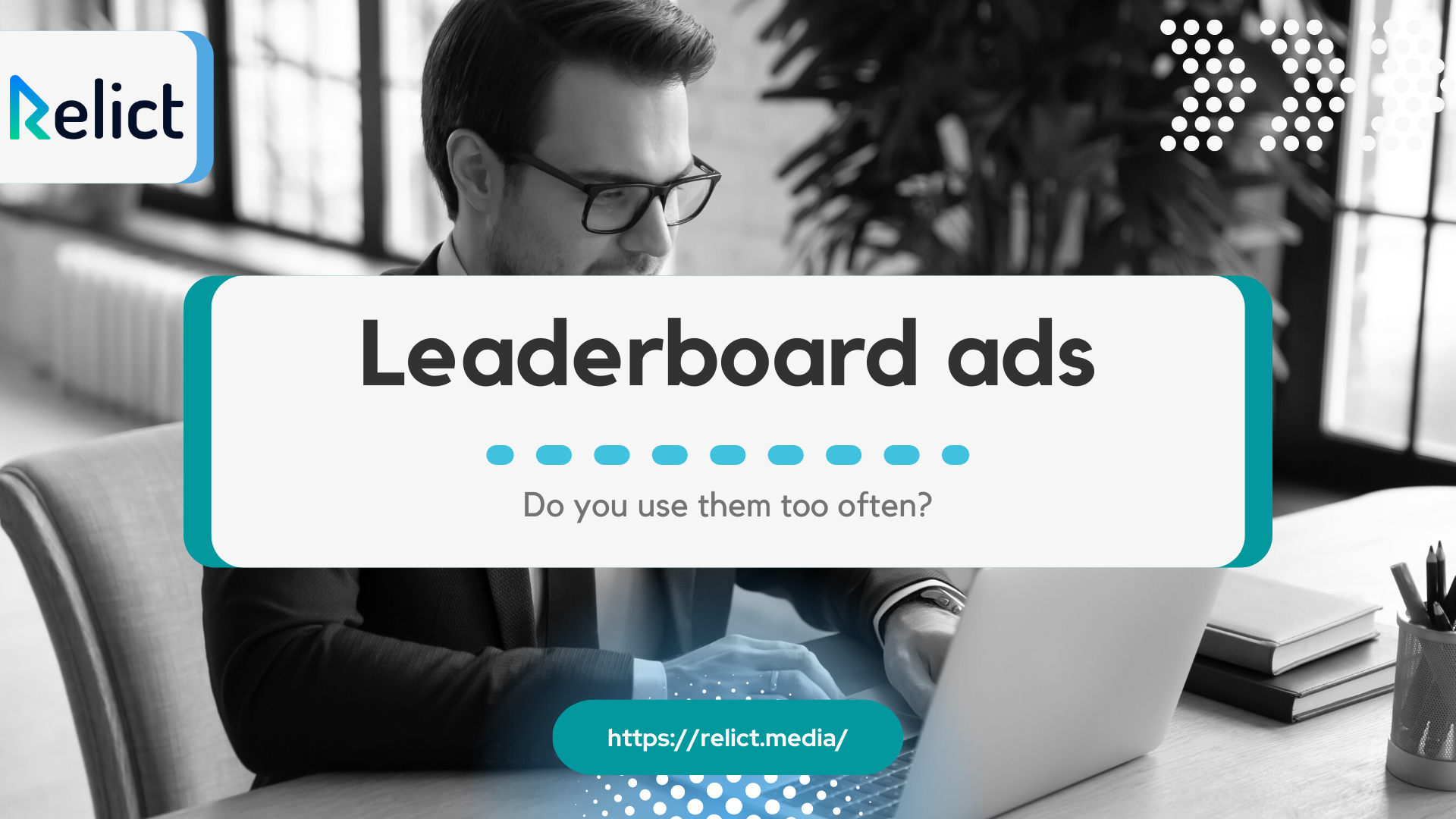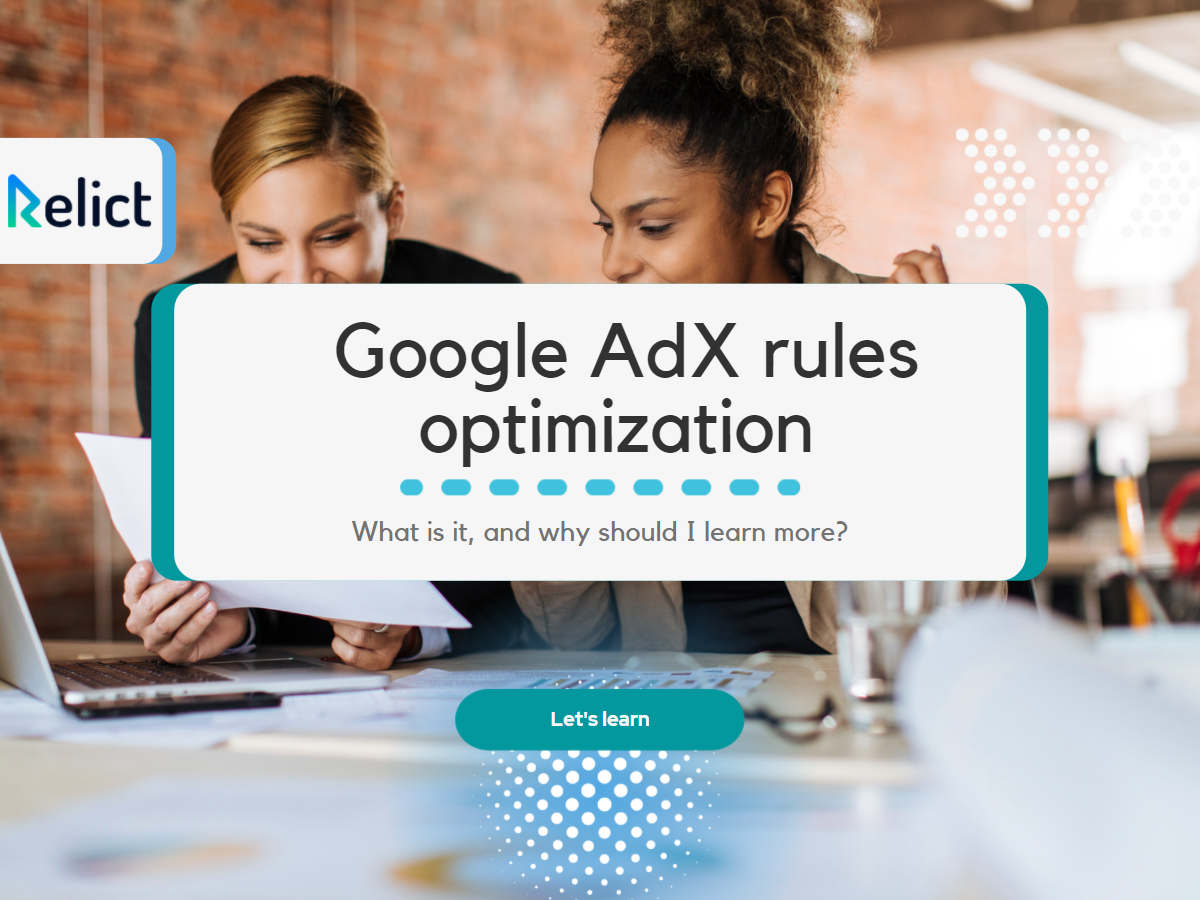GA4 is the future of analytics: Here’s why
Part 1: A Cookieless Internet Requires GA4
What is GA4?
Google Analytics 4 (GA4) is the new name for the beta reporting platform App & Web and was renamed as such for clarity. It is the fourth iteration of the Google Analytics platform, as depicted by the 4 in the name. Important to note is that all Universal Analytics (UA) properties can now be upgraded to GA4, which means that a new Analytics property will be created for collecting the latest data. You should know that your current GA account will not be affected. So, for example, if you previously had a Firebase Analytics account, this will be automatically upgraded to GA4.
Why is GA4 necessary?
Glad you asked, as this all begins with a global movement towards a cookieless internet.
But first, what are cookies?
According to Google’s Support, cookies are files created by websites you visit. They make your online experience easier by saving browsing information. With cookies, sites can keep you signed in, remember your site preferences, and give you locally relevant content.
There are two types of cookies:
- First-party cookies are created by the site you visit. The site is shown in the address bar.
- Other sites create third-party cookies. These sites own some of the content, like ads or images, that you see on the webpage you visit.
While an exact date isn’t set, Google wishes to move towards a cookieless internet.
And so the question arises: What is this Cookieless Internet?
The elimination of cookies
Ever since Google announced the elimination of third-party cookies and Apple announced changes to Identifiers for Advertisers (IDFAs), marketers have become increasingly concerned about the cookieless future, as the data gathered will be significantly less valuable from a linear perspective.
Despite increasing consumer privacy demands, you’ll find that customers still want personalization, so marketers and publishers, on the whole, need to ensure the data they use is reliable and precise. The best way currently is to use cookies that store information and offer consent preferences. But unfortunately, in two years, third-party cookies will be a thing of the past.
Some pertinent questions remain:
- So if third-party cookies work so well for consumers and marketers, why are they going away?
- What do you do next if you’re a marketer relying on third-party cookies to provide targeted insights as your target market moves through the web?
It all begins with understanding this cookieless future.
What is this cookieless future on our digital doorstep?
This cookieless future is a shift in the entire digital landscape that follows Google’s planned phasing out of third-party cookies. While this is specifically for its Chrome browser, we can expect these changes to translate to all browsers. However, as announced in January 2020, the rollout has now been postponed to early 2024.
With so much digital activity relying on data from third-party cookies, most of the ad tech sector, including publishers, advertisers, and marketers – are in a massive, frantic race to find real alternatives.
You will find that alternative identification solutions based on non-cookie identifiers, such as email addresses and heat-mapping, will play an essential role in technology not wholly owned or managed by Google. However, quality plus the volume of first-party data will determine a firm’s ability to use specific cookie replacements – replacements, such as alternative ID technologies.
Logically, a strategy for most businesses is to now shift toward collecting as much data as possible, but this data must be reliable and accurate to represent the customer data.
So, what does ‘cookieless’ really mean?
The term ‘cookieless’ is a type of marketing where marketers, advertisers, and publishers rely less on third-party cookies. These cookies are actually tiny bits of data exchanged between advertisers and contain personal identifiers as people search online.
This wholly impacts websites using just third-party cookies to identify consumers and target them with their relevant advertising and marketing.
You’ll find that cookies also store information about your computer to identify you as an individual visitor. This is done by storing unique identifiers like registration numbers or session IDs. However, with the removal of cookies, other identifiers such as your IP address will also identify your PC to find out more about you and your preferences.
To summarise, cookieless simply means that websites store your data using other methods as identifiers instead of cookies.
These alternative methods can now track your online activity.
In March 2021, Google divorced itself from other advertising companies simply by announcing that it won’t store and collect personally identifiable information (PII) graphs from alternative identifiers like users’ email addresses.
Why is Google getting rid of the cookie system?
Google’s Director of Chrome Engineering, Justin Schuh, stated that Google’s rationale for phasing out third-party cookies is that users are “Demanding more privacy, including transparency, choice, and control over how their data is used.”
He implied that Google was “evolving” to create “the web ecosystem needed to meet these increasing demands.”
This is a truth.
Did you know that 86% of people felt growing concerns about their data privacy? And then, 78% expressed concerns about the excessive amount of data collected.
There is another side to Google’s decision to rid the web of cookies. More recently, the highly publicized Irish Data Protection Commission’s (DPC) investigation into Google’s entire online advertising business. One can assume that similar high-profile investigations and growing consumer fears have created a perfect storm that demands Google’s response.
What does that mean for everyone else?
When Google initially announced its decision to phase out third-party cookies in January 2020, the Association of National Advertisers released a remarkable statement. They expressed their “deep disappointment” with Google’s decision in this statement. They further acknowledged fears it would “significantly” disrupt the advertising industry.
The statement accused Google of “cutting off the economic oxygen that startups and emerging companies need to survive.” However, a further three-year delay hasn’t convinced Google’s peers and competitors.
So, what’s the solution?
As this technological landscape evolves, the new Analytics platform, GA4, is designed to adapt to a future without cookies or other third-party identifiers. Instead, it uses a highly flexible approach to measurement and is set to include modeling to fill in gaps where data may be lacking.”
Additionally, any new Google Analytics accounts will become GA4, with old versions of GA, now called Universal Analytics, eventually being discarded. Don’t be alarmed; you can set up a GA4 property if you have an app, a website, or both. It’s highly recommended you set up a GA4 account alongside existing GA accounts if you have them. This will allow you time to collect data in GA4 without losing any current data in your GA accounts.
With the introduction of GDPR (General Data Protection Regulation) in 2018, websites have since continuously required users to consent to cookies to track website performance. However, GA4 will begin reducing this reliance on cookies to record specific events across platforms and devices by using machine learning to fill gaps where user consent is not given for tracking. This will make it more stable for industry changes and prevent future data collection gaps.
GA4 is primarily built with the future in mind, positioning it perfectly for scalability and growth. You’ll note that such concerns have been factored into the new design and a broader focus on tracking the complete user journey. This is a significant difference as opposed to splitting user interaction into sessions, devices, or platforms like Universal Analytics.
But how does GA4 differ from Universal Analytics?
Universal Analytics versus GA4
UA (Universal Analytics) uses session-based models to collect and report on data. This means that user interactions are grouped within specific timeframes. On the other hand, GA4 properties use a more flexible, event-based model, allowing for more accurate reporting and additional information to be passed into Google Analytics with each interaction, such as value for purchase, page title, and user location.
Per this model, each interaction from a user is sent to GA as a standalone event. This means that it is not contained within an individual session, as per hit events in UA properties.
This means you can now send up 25 additional event parameters with each event when sending to GA4. Currently, just four parameters are allowed on UA (Category, Action, Label, Value). As a result, up to 500 distinctly named events can be sent to GA4, giving you a much more comprehensive set of data to monitor engagement.
However, this is just the tip of the iceberg regarding GA4.
In conclusion
While a cookieless future is apparent, it is up to web and app publishers to prepare for the change in data acquisition to continue to provide users with personalized experiences.
GA4 is the future of analytics, so watch this space for more information on its advanced capabilities and new features – and how to get the most out of it
.
We hope that you’ve found this read to be a fruitful one, and if you wish to delve deeper into the fascinating world of GA4 across your platforms, be sure to contact us here.

